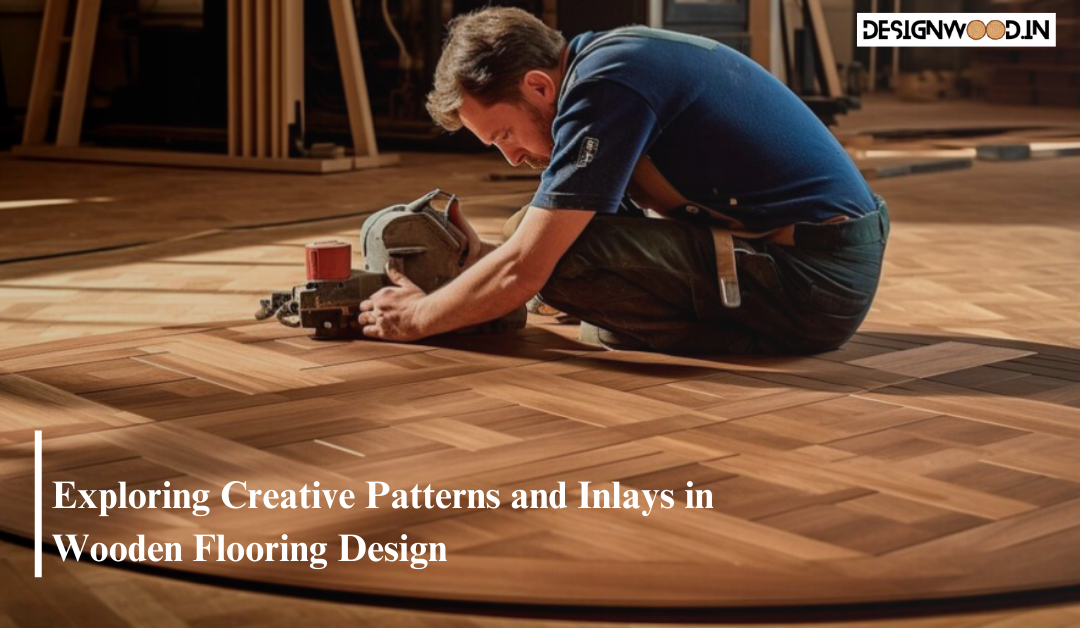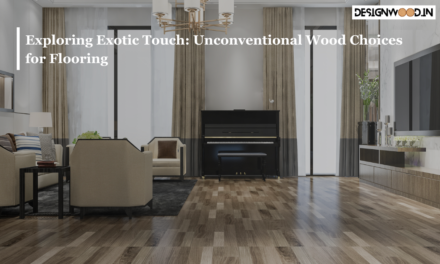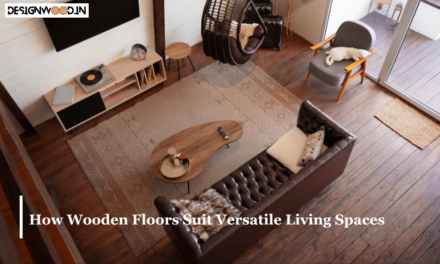Wooden flooring has long been cherished for its timeless elegance and natural warmth it brings to any space. Beyond its practicality, wooden flooring offers a canvas for creativity and artistic expression. One avenue for this creativity lies in the intricate patterns and inlays that can be incorporated into wooden floors. Let’s delve into the world of creative patterns and inlays in wooden flooring design, exploring various techniques and inspirations.
Traditional Patterns:
Wooden flooring has a rich history, with traditional patterns adding character and charm to homes for centuries. Classic patterns such as herringbone flooring, chevron, and basketweave evoke a sense of sophistication and craftsmanship. Each pattern is created by arranging individual planks in specific orientations, resulting in visually captivating designs that stand the test of time.
Geometric Designs:
For those seeking a more contemporary look, geometric designs offer endless possibilities. From simple stripes and squares to intricate labyrinths and kaleidoscopic motifs, geometric patterns can transform a mundane floor into a work of art. These designs can be achieved through careful planning and precise installation, allowing homeowners to personalize their space with unique patterns that reflect their style and personality.
Inlays and Borders:
Inlays and borders add an extra layer of detail and elegance to wooden floors, serving as focal points that draw the eye and enhance the overall design. Inlays can take the form of intricate medallions, geometric shapes, or even personalized motifs, crafted from contrasting wood species or other materials such as metal or stone. Borders, on the other hand, frame the perimeter of a room or define separate areas within a space, creating visual interest and delineating different zones.
Marquetry and Parquetry:
Marquetry and parquetry are age-old techniques that involve the intricate arrangement of veneers to create decorative patterns and images. Marquetry typically involves the use of thin veneers to depict intricate designs such as flowers, animals, or geometric patterns, while parquetry focuses on geometric shapes arranged in repeating patterns. These techniques require exceptional skill and precision, resulting in stunning floors that are true works of art.
Contemporary Trends:
In recent years, there has been a resurgence of interest in experimental and avant-garde approaches to wooden flooring design. From abstract compositions to nature-inspired motifs, contemporary designers are pushing the boundaries of traditional craftsmanship to create innovative and unexpected designs. Digital fabrication techniques have also opened up new possibilities, allowing for the creation of intricate patterns and inlays with unprecedented precision and complexity.
Sustainability and Ethical Sourcing:
As awareness of environmental issues grows, there is a growing demand for sustainable and ethically sourced materials in flooring design. Many designers and manufacturers are embracing eco-friendly practices, opting for responsibly harvested wood and non-toxic finishes. Additionally, reclaimed wood and salvaged materials are gaining popularity, adding a sense of history and character to modern interiors while reducing the environmental impact of new construction.
Conclusion:
Wooden flooring offers a versatile canvas for creativity, with patterns and inlays adding depth, texture, and personality to any space. Whether drawing inspiration from traditional craftsmanship or embracing contemporary trends, there are endless possibilities for creating unique and visually stunning floors that enhance the beauty of the home. By exploring creative patterns and inlays, homeowners can transform their floors into works of art that reflect their individual style and passion for design.





